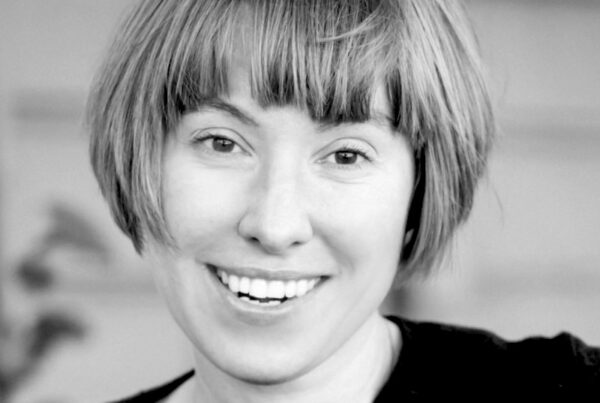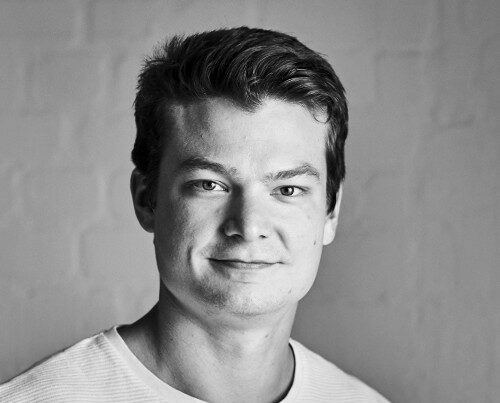Join the Age of AI Mailing List. You'll be in good company with CEOs, investors and innovators around the planet.
The manufacturing industry, while being extremely diverse (from cheese to smartphones to sportswear), is also quite uniform from a business perspective:
You’re just trying to transform raw materials into a certain product, as cheaply and quickly as possible.
There’s a never-ending race to do things better and more sustainably, by eliminating waste. Naturally, there’s all this buzzword bingo about “industry 4.0” and smart connected factories, but very little light on how you actually connect and upgrade factories.
In today’s episode, I sit with Bertil Helseth, the CEO of Intelecy, a platform that allows factories to use AI to identify opportunities for improving their outputs, and eliminating “waste.” We discuss the ground realities of the manufacturing industry, and how AI is helping!
01:30 – Intro
02:36 – Using ML to fix manufacturing inefficiencies: cheese production case study
13:52 – Helping manufacturing engineers build ML models with the click of a button
19:37 – The importance of defining “normal production” in manufacturing
20:06 – The types of data available in a typical factory
26:09 – The pace of industry transformation: choosing the right factories to work with
37:30 – Challenges of onboarding a factory to an ML platform
44:21 – Intelecy’s journey and how Bertil started the company
48:42 – Cement as the most electricity extensive industry
49:48 – Intelecy’s fundraising strategy, differences between US vs Europe
59:39 – Bertil’s learning experience and wins in starting up Intelecy
Aman’s 2-Minute Summary and Key Takeaways
Making factories more efficient and sustainable involves these steps:
- Collect as much data as possible about what’s going on in each process. This means installing sensors and saving the data in the right formats.
- Decide what you want to change or improve, what needs to be predicted.
- Building machine learning models that can predict those things, using the data at hand. Collect more data if needed.
- Take the output of these models and integrate them with the overall factory processes.
The reason why most companies don’t succeed at this is that they focus entirely on tools that help data scientists and ML engineers build models. But the thing is, they’re not even important.
What’s important is the critical domain knowledge — the process engineers who actually know how manufacturing works. They need to decide what the ML models would do.
This knowledge gap is the reason why most “digital transformation” initiatives fall flat.
Intelecy is a Norwegian company that builds tools and platforms which process engineers can use to build custom ML models at the click of a button. It takes over the heavy lifting of ML and data science.
A case study we discuss is how they used AI to detect a broken filter in a cheese factory. The model was tracking the liquid pressure and other things, and when it saw an anomaly (which couldn’t have been detected by a human), it raised an alert.
(Here’s a video explanation of anomaly detection, by yours truly.)
Another question I had was, how much data do factories even collect? Apparently, it’s usually tens of thousands.
Anomaly detection, predictive maintenance, etc are all excellent ML use cases, but they need domain knowledge to happen.
If you have any other questions, let me know!
(Ethics Policy: These opinions are 100% my own as an independent observer and educator. I don’t own stock in guests’ companies or their competitors, nor do I get paid by them in any form for any reason at the time of publishing, unless specifically stated. Episodes are also not intended to be an automatic endorsement of any company or its products and services.)




